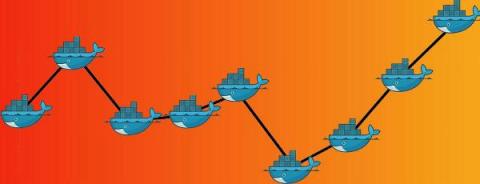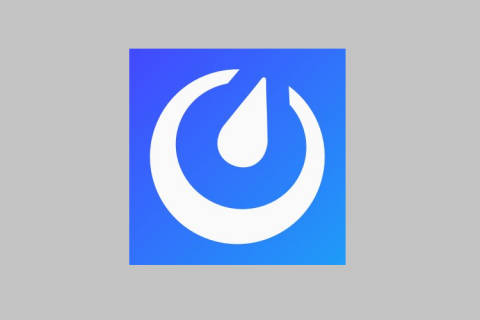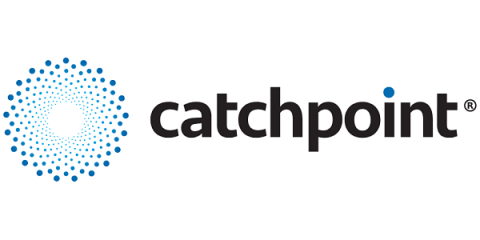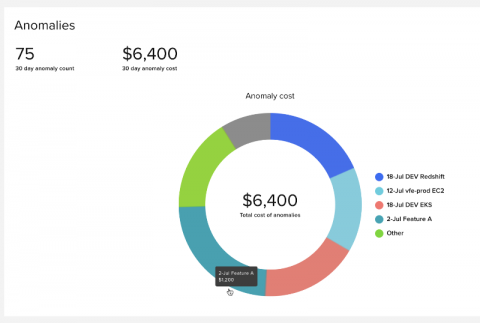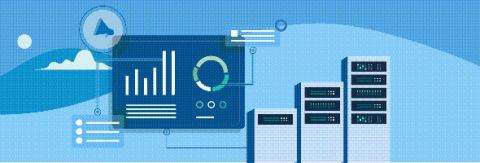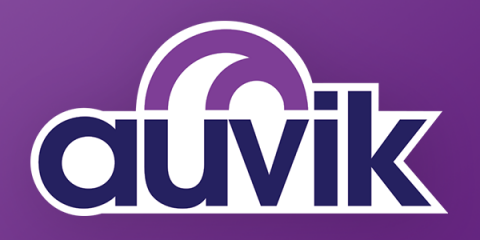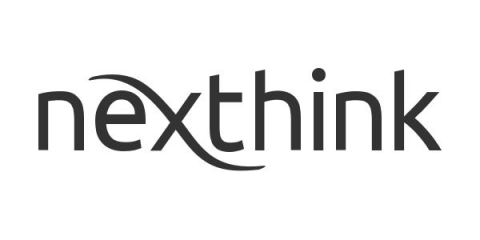What is Docker Monitoring?
We have come a long way in the world of computing. From having computers that fill up entire rooms or buildings while performing relatively basic actions to having complex machines that literally fit in our pockets and palms, this advancement has been nothing short of breathless. With an emphasis placed on speed and efficiency, computers and the applications running on these computers have been tailored to ensure optimal use of resources, be these resources hardware or software resources.


